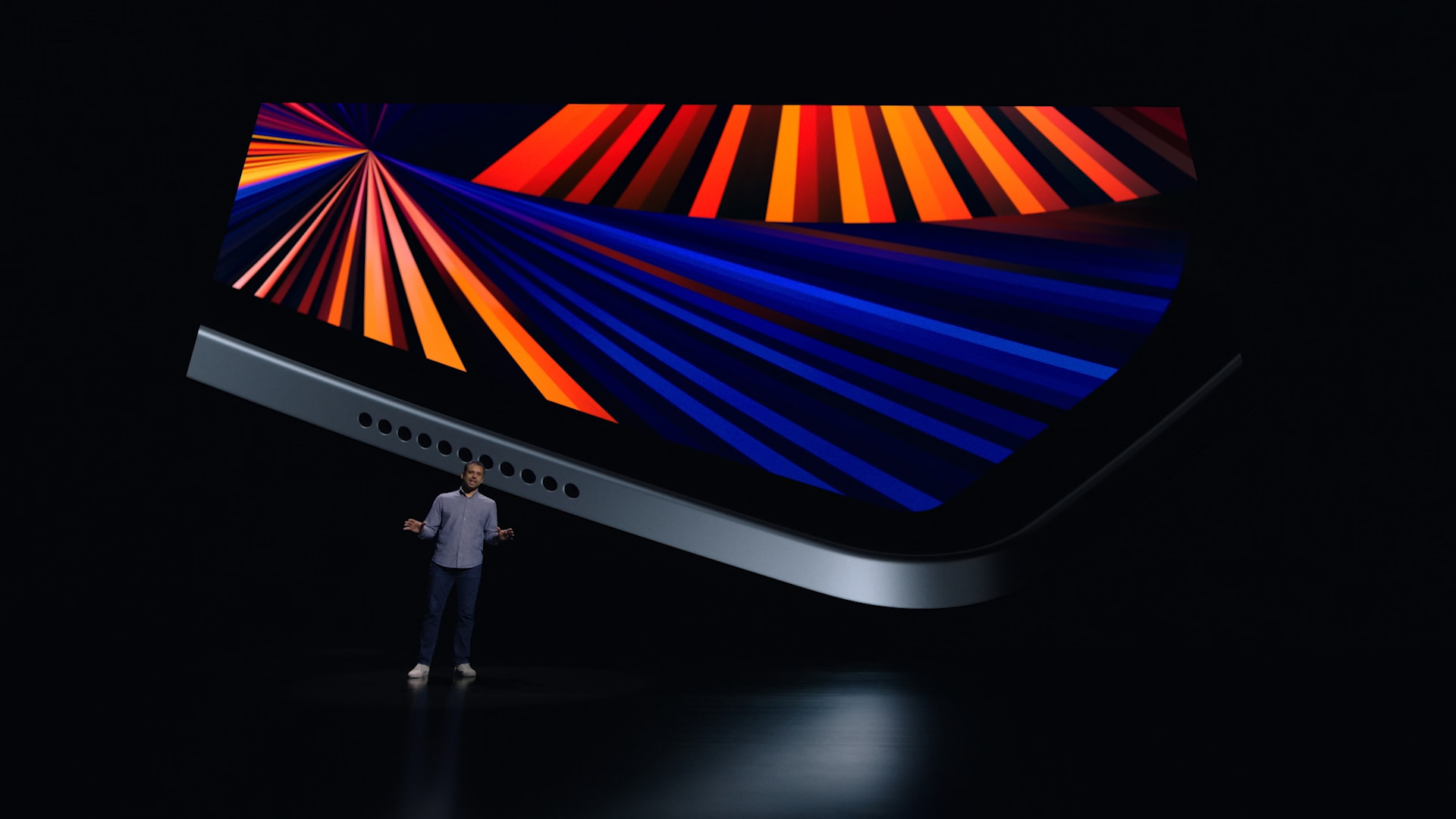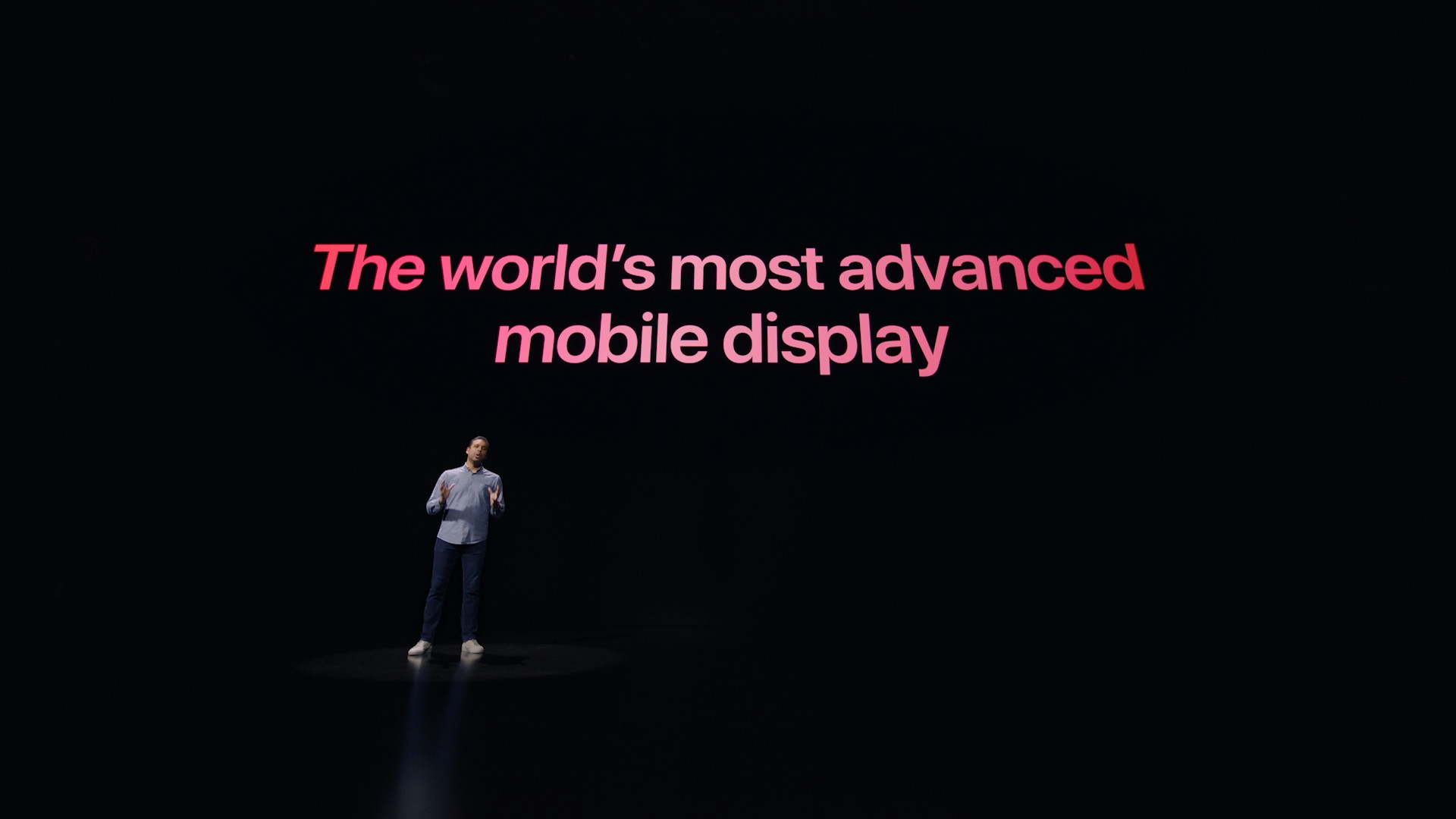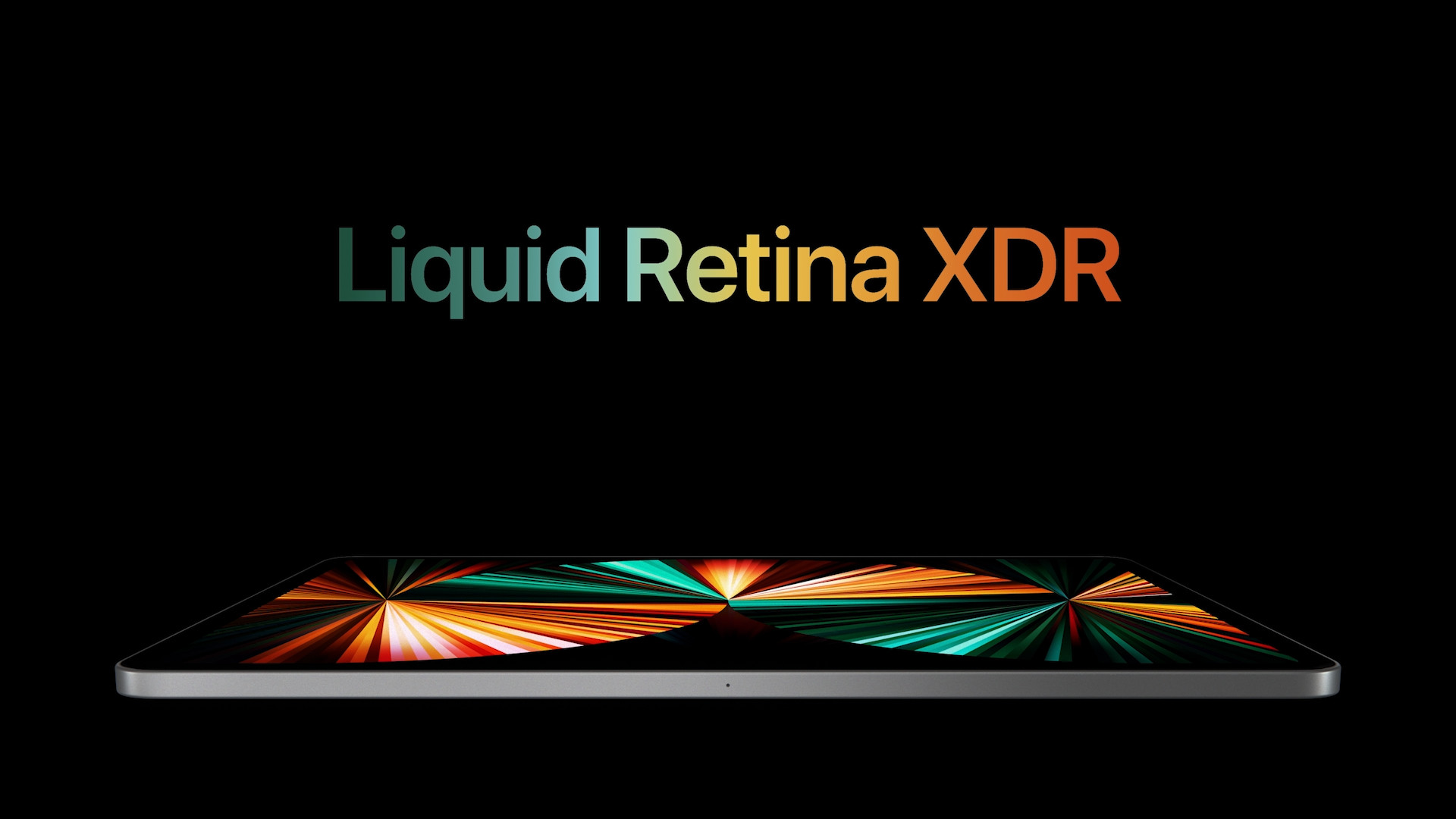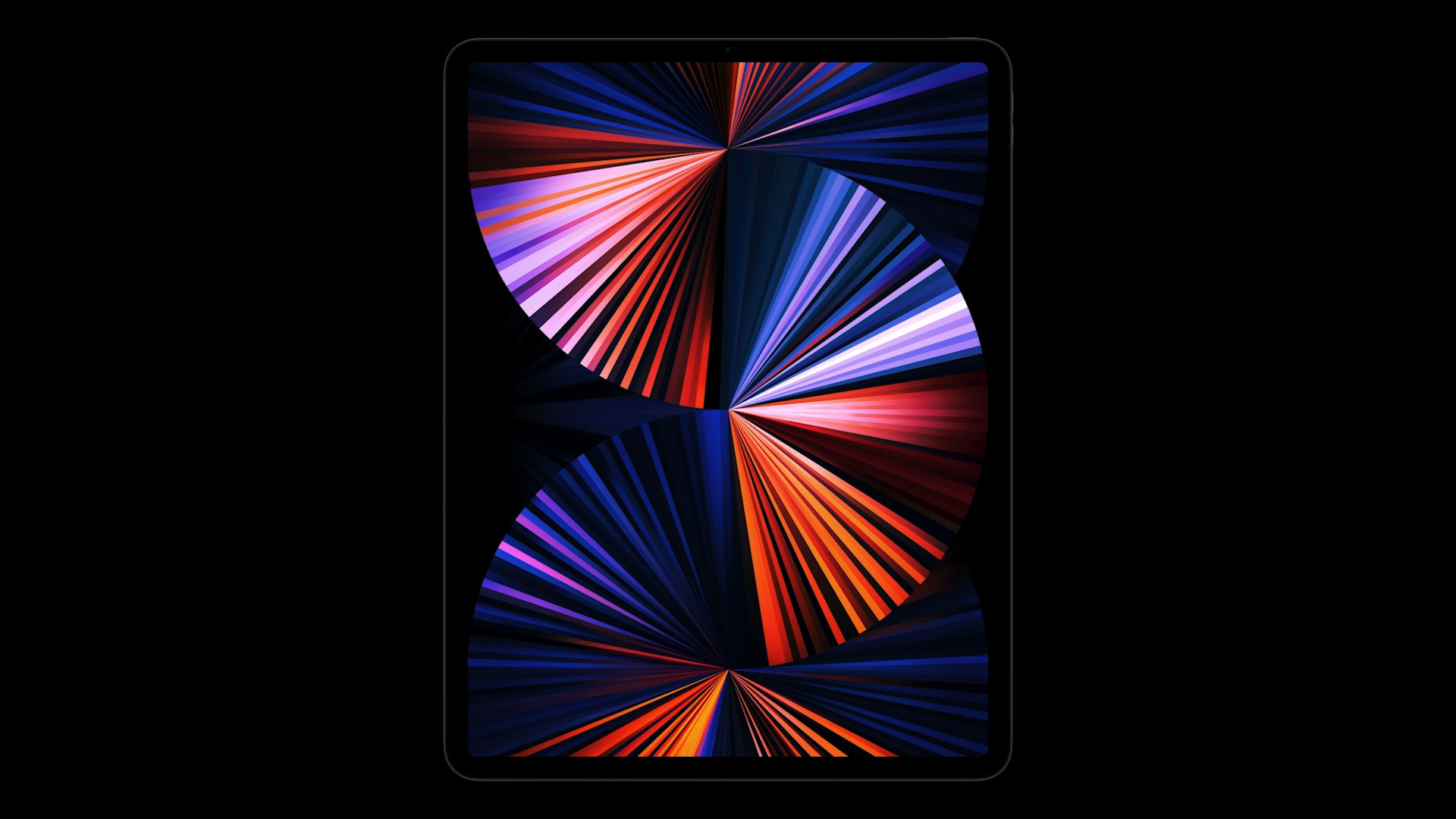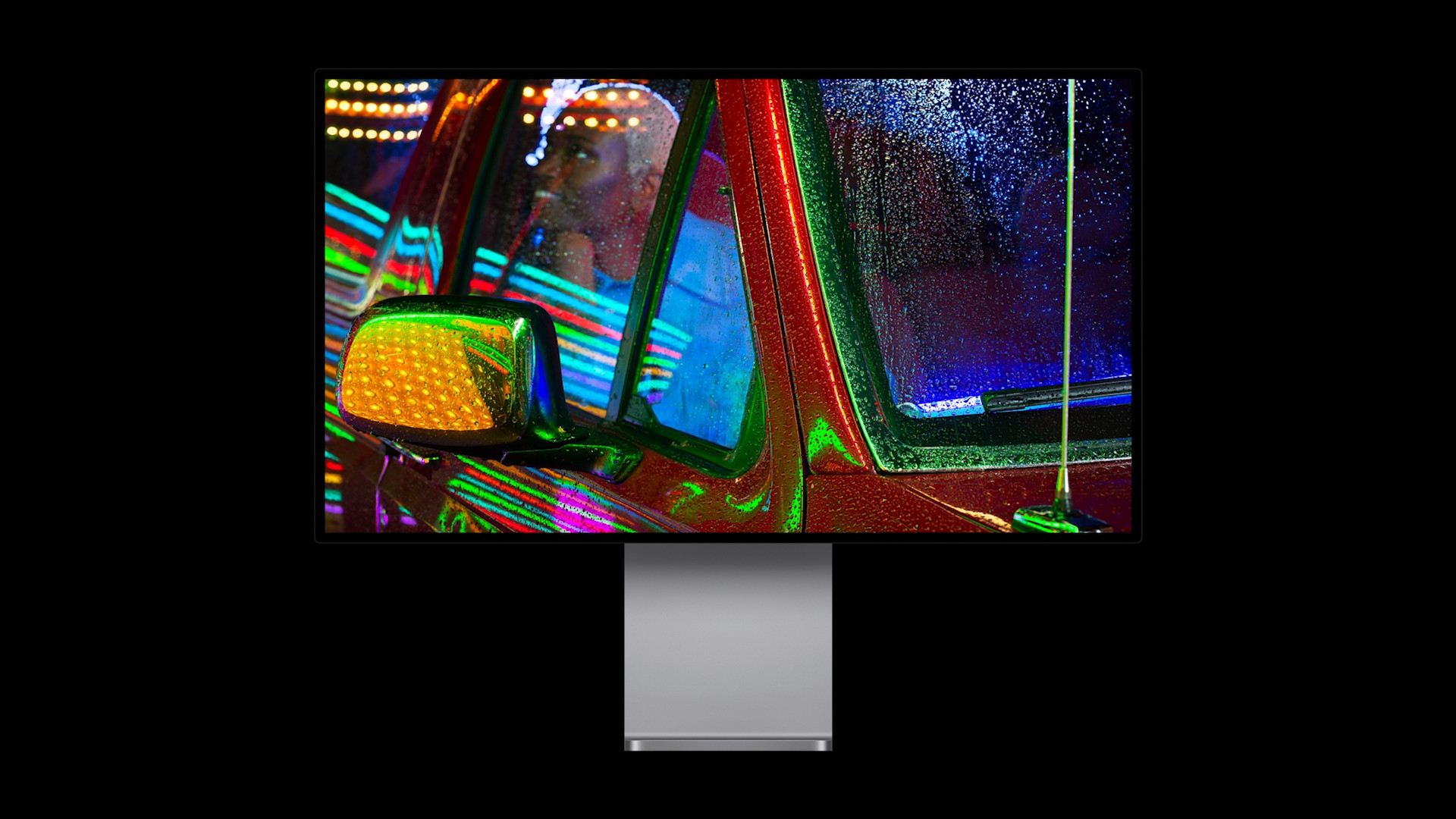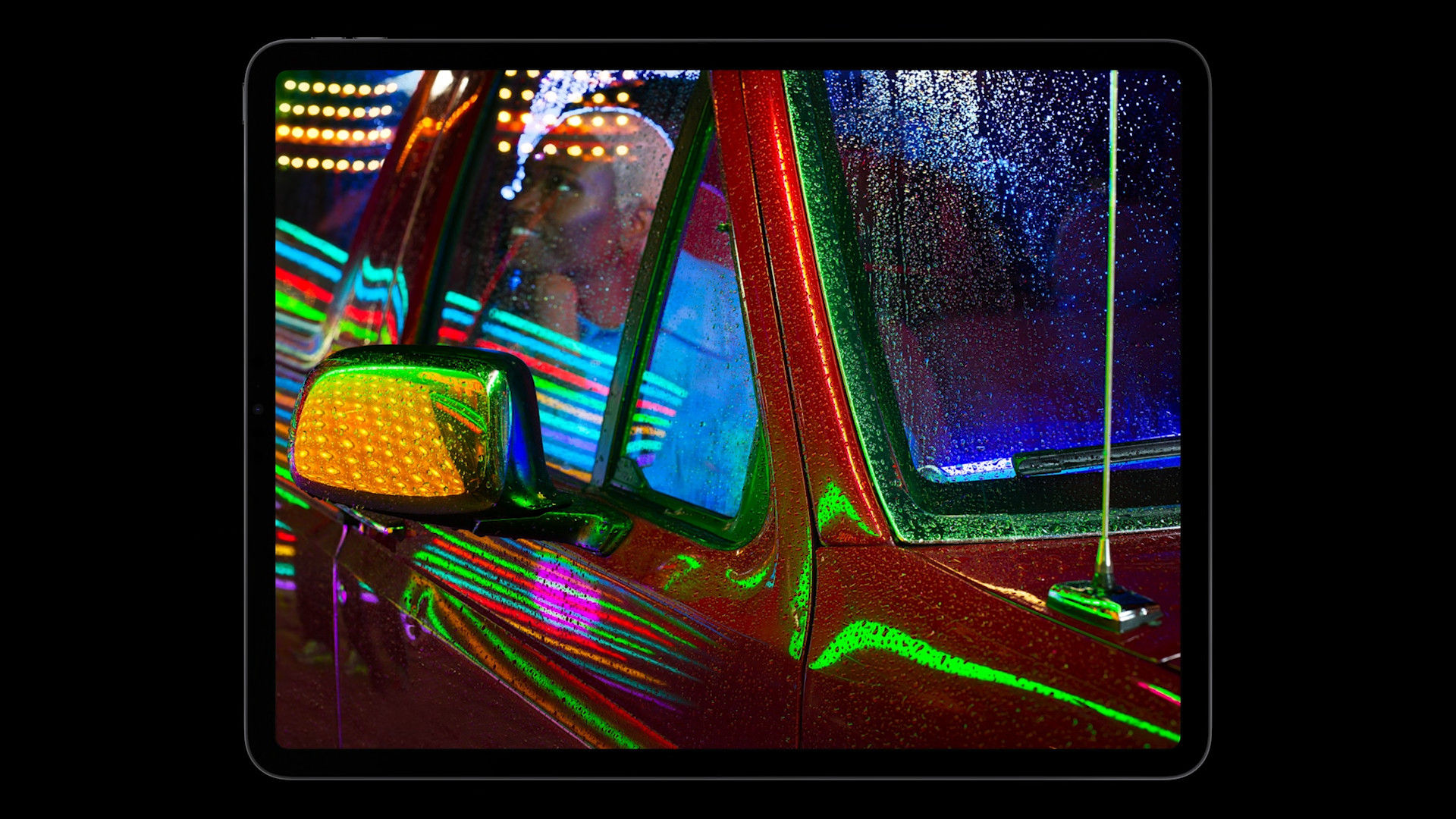Introduced this year iPad Pro boasted a so-called mini-LED display in its 12,9″ variant, which brings the benefits of an OLED panel at a significantly lower price. According to the latest information from the portal The Elec the popular iPad Air will also receive a similar improvement. Apple will introduce it next year and equip it with an OLED panel, which will ensure a huge increase in display quality. The Apple tablet should offer a 10,8″ display, which suggests that it will be the Air.
In 2023, more iPads with an OLED panel should come. Apple should probably even implement LTPO technology in two years, thanks to which it would bring the ProMotion display to cheaper iPads as well. It is this one that ensures a 120Hz refresh rate. If you are one of our regular readers, you surely know that something similar was already claimed by a Korean website at the end of May ETNews. He mentioned that Apple is going to introduce some iPads with an OLED display next year, but he did not specify which models they would actually be. Even earlier, in March of this year, moreover, the most respected analyst Ming-Chi Kuo said, that the iPad Air will soon receive a display based on OLED technology. According to him, the mini-LED will remain limited to the most expensive Pro models.

What does switching to an OLED panel actually mean? Thanks to this change, users of the upcoming iPad Air will be able to enjoy much better display quality, a significantly higher contrast ratio and maximum brightness, and an indescribably better display of black. Since classic LCD panels work on the basis of liquid crystals that cover the backlight of the display, they cannot fully cover the backlight. In the case of needing to display black, we thus encounter rather a grayish color. On the contrary, OLED works a little differently and the main difference is that it does not need a backlight. The image is created by means of organic electroluminescent diodes, which themselves form the final image. In addition, when they need to display black, it simply does not even light up in the given places. Their problem then lies in longevity. This is in fact twice lower than a classic LCD.
It could be interest you

